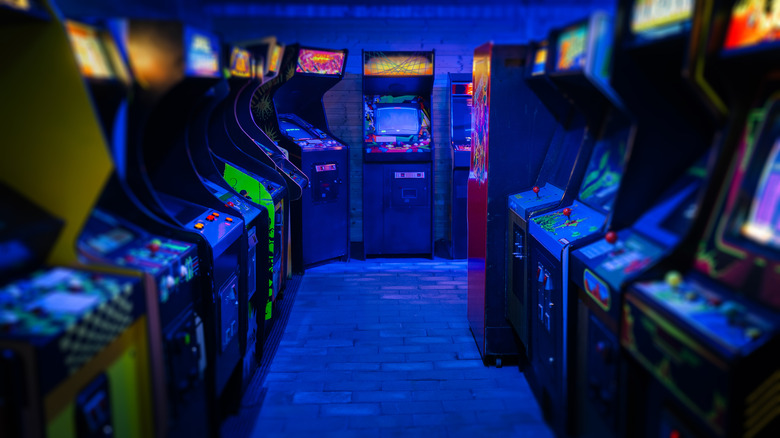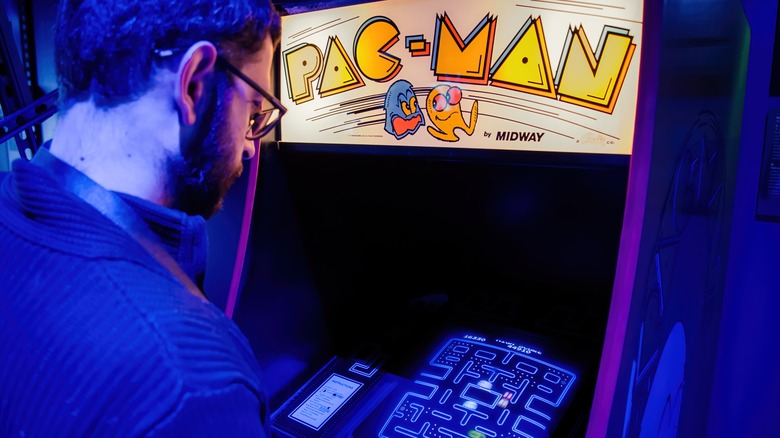Why You Should Build Your Own Raspberry Pi Arcade Cabinet
There are few gaming experiences as joyful as an arcade, the tactile aspect, the limiting gameplay, reliance on your wits, and the number of coins you have on you. In the age of multi-million dollar AAA games and open-world games that offer entire worlds at your fingertips, there is still something charming and special about playing an arcade game. Sure, there are many emulators, for consoles, PCs, and even phones, that let you play classic games, but there is nothing like actually having a physical cabinet with a couple of buttons and a single joystick.
Today, there are several ways of buying retro cabinets, like the popular company Arcade1Up, which sells replica arcade cabinets at a smaller and more manageable scale (though there are full-size options). These are very popular and there are officially licensed cabinets for some of the biggest and most beloved arcade games out there, from "Pac-Man" and "Mortal Kombat," to "The Simpsons" and "NBA Jam."
As we've covered here plenty of times before, however, we live in a time where you can mod and customize virtually every digital device you can own, so why not do it with retro arcades? If you want to own your own arcade cabinet, you might want to build an arcade cabinet using a Raspberry Pi.
Game on!
The main reason you might want to buy an existing arcade unit is mostly for the physical cabinet itself, for the nostalgic recreation of the full retro experience. In order to do the same at home, you'll need some wood (or cardboard) and nails to make the proper cabinet case.
Still, there are reasons why a Raspberry Pi arcade is a better choice. For one, it is far cheaper than an existing one. Arcade1Up machines go for about the same as a current-gen console, yet can only play a single game, or a couple at most. By comparison, you can buy a Raspberry Pi for $35 and play as many games as you want, with emulators and ROMs that give you access to countless classic games. For a full breakdown of how to use a Raspberry Pi to play retro games, check out this guide.
If you want to reduce the price of your arcade cabinet even more, and if you don't care about replicating the shape and size of a retro arcade cabinet, you can simply repurpose some hardware you have lying around — like an older monitor, or even a joystick if you have one.
Unless you have the skills and time to build an arcade cabinet case (and room to put it somewhere), there is no reason why a Raspberry Pi arcade shouldn't be your next gaming console.

